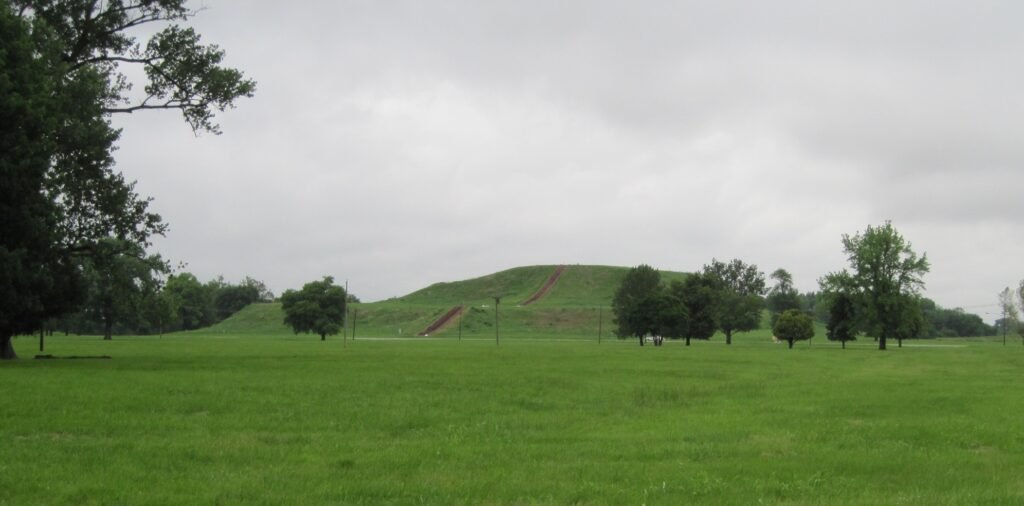There’s a haunting sense of wonder when you first glimpse the sprawling earthworks of Cahokia, rising quietly from the flatlands near modern-day St. Louis. How could a civilization over a thousand years ago, without the benefit of the wheel or beast of burden, sculpt these massive mounds that rival the pyramids in scale? It’s a mystery that stirs the imagination and demands a closer look at the astonishing ingenuity and determination of the people who built North America’s largest pre-Columbian city. As the sun sets over Monk’s Mound, the largest of them all, you can’t help but ask: How did they do it, and what drove them to reshape the very land beneath their feet?
The Monumental Scale of Cahokia’s Mounds
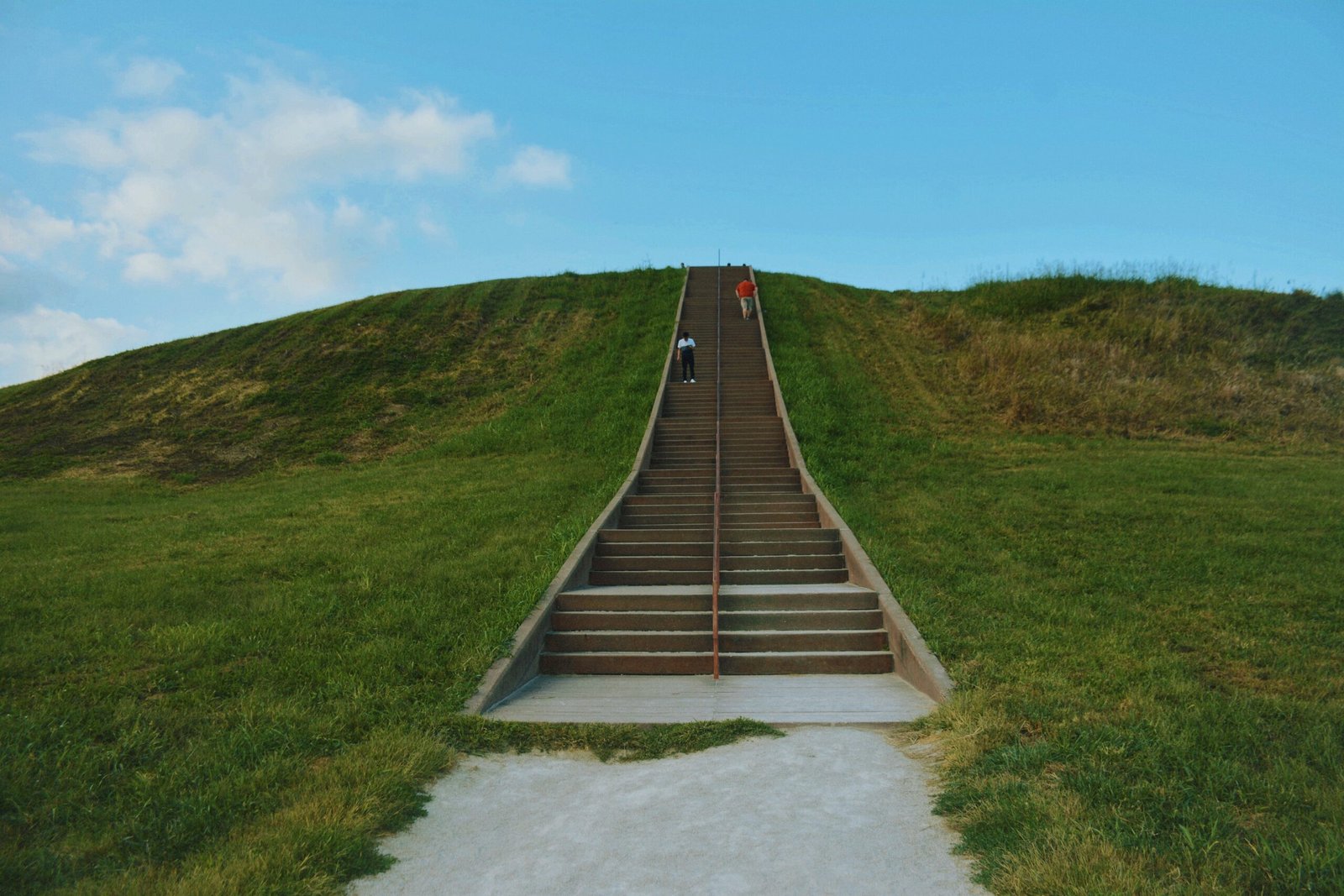
When we talk about Cahokia, we’re talking about an ancient city with more than 120 earthen mounds, some rising higher than a ten-story building. Monk’s Mound alone covers 14 acres and soars over 100 feet tall. To create just this one structure, builders moved an estimated 22 million cubic feet of earth—enough to fill over 400,000 modern dump trucks. The sheer scale is awe-inspiring, especially considering the tools and technology available to the Mississippian people who constructed Cahokia between 1050 and 1350 CE. Unlike many other great civilizations, Cahokia’s builders didn’t have the wheel, horses, oxen, or metal tools. Their achievements force us to rethink what’s possible with determination, community effort, and creativity.
Ingenious Tools and Simple Technologies
Without the wheel or draft animals, Cahokia’s people relied on simple yet effective tools crafted from wood, stone, and bone. They used woven baskets, animal hides, and wooden trays to carry soil. Digging sticks and stone hoes loosened the earth, while hands, shovels made from shoulder blades, and even large mussel shells scooped it up. These tools might seem primitive, but in the skilled hands of Cahokia’s workers, they enabled the movement of millions of tons of dirt. Imagine a line of people passing heavy baskets from one to another—a human conveyor belt powered by communal willpower. The repetitive, rhythmic movements echoed the pulse of a city intent on leaving its mark on the landscape.
The Power of Human Labor and Organization
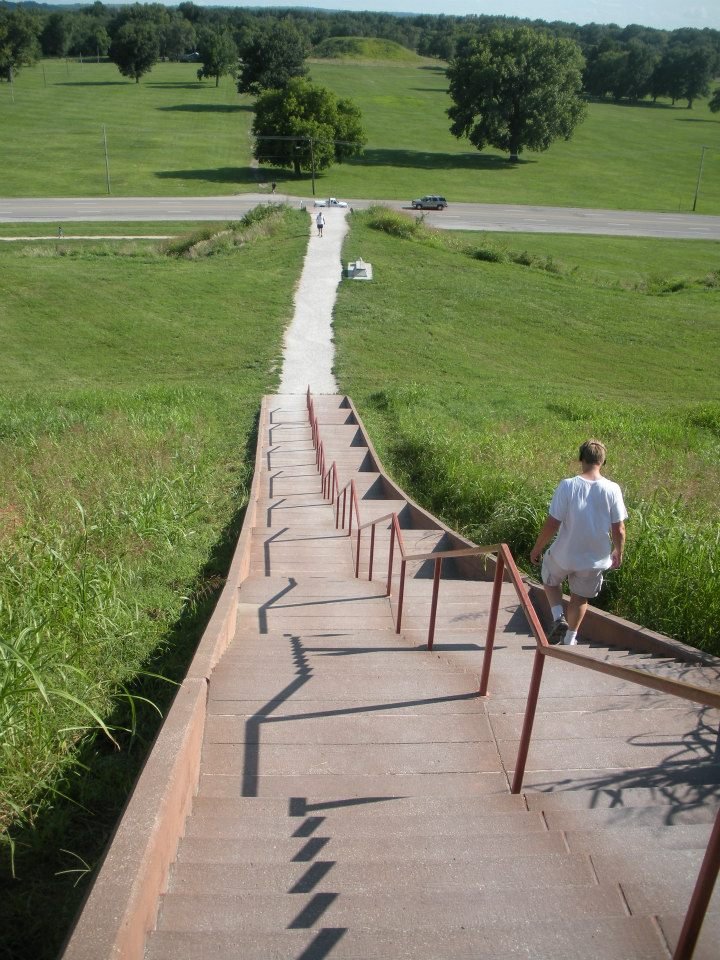
What Cahokia lacked in mechanical innovation, it made up for in sheer human effort and organization. It’s estimated that thousands of people—men, women, and even children—participated in mound-building projects. Labor was likely organized in teams, with each group responsible for a specific task: digging, carrying, piling, or shaping. This massive workforce required careful coordination, planning, and leadership. Such achievements would not have been possible without a shared sense of purpose, perhaps driven by religious beliefs, social obligations, or the promise of communal celebration. The process was as much a feat of social engineering as it was of physical construction.
Harnessing the Landscape and Seasonal Rhythms
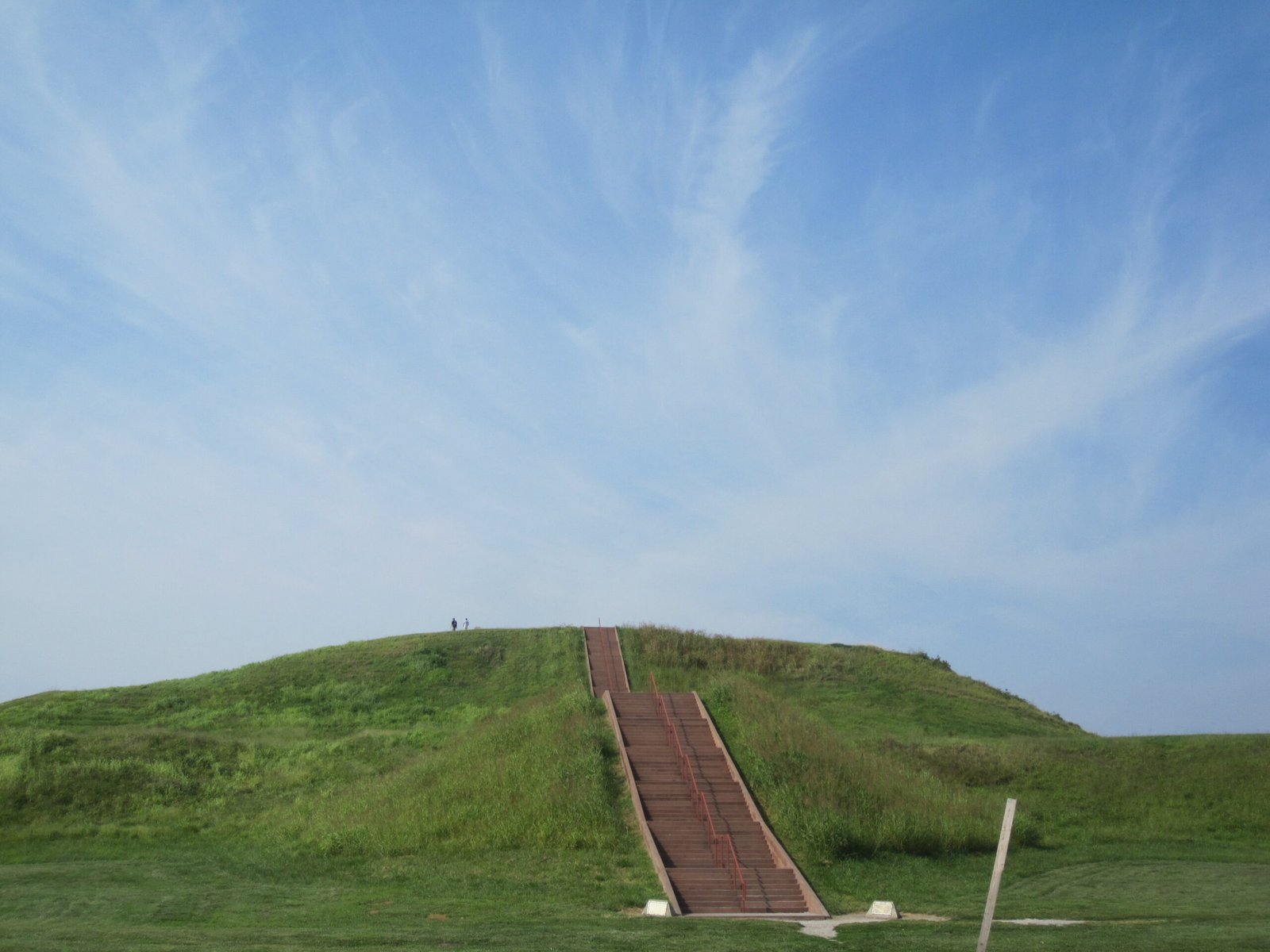
Cahokia’s builders were deeply attuned to the rhythms of the land and seasons. They took advantage of wetter periods when soil was softer and easier to move. Floodplains provided a steady supply of clay, silt, and sand—the raw materials for the mounds. Workers may have scheduled construction to coincide with times when agricultural duties were lighter, ensuring a steady labor force without threatening the community’s food supply. The careful selection of mound locations also suggests a keen understanding of drainage, stability, and the symbolic power of the landscape. Cahokia’s earthworks were not only architectural marvels but also expressions of the people’s relationship with their environment.
The Role of Community and Shared Beliefs
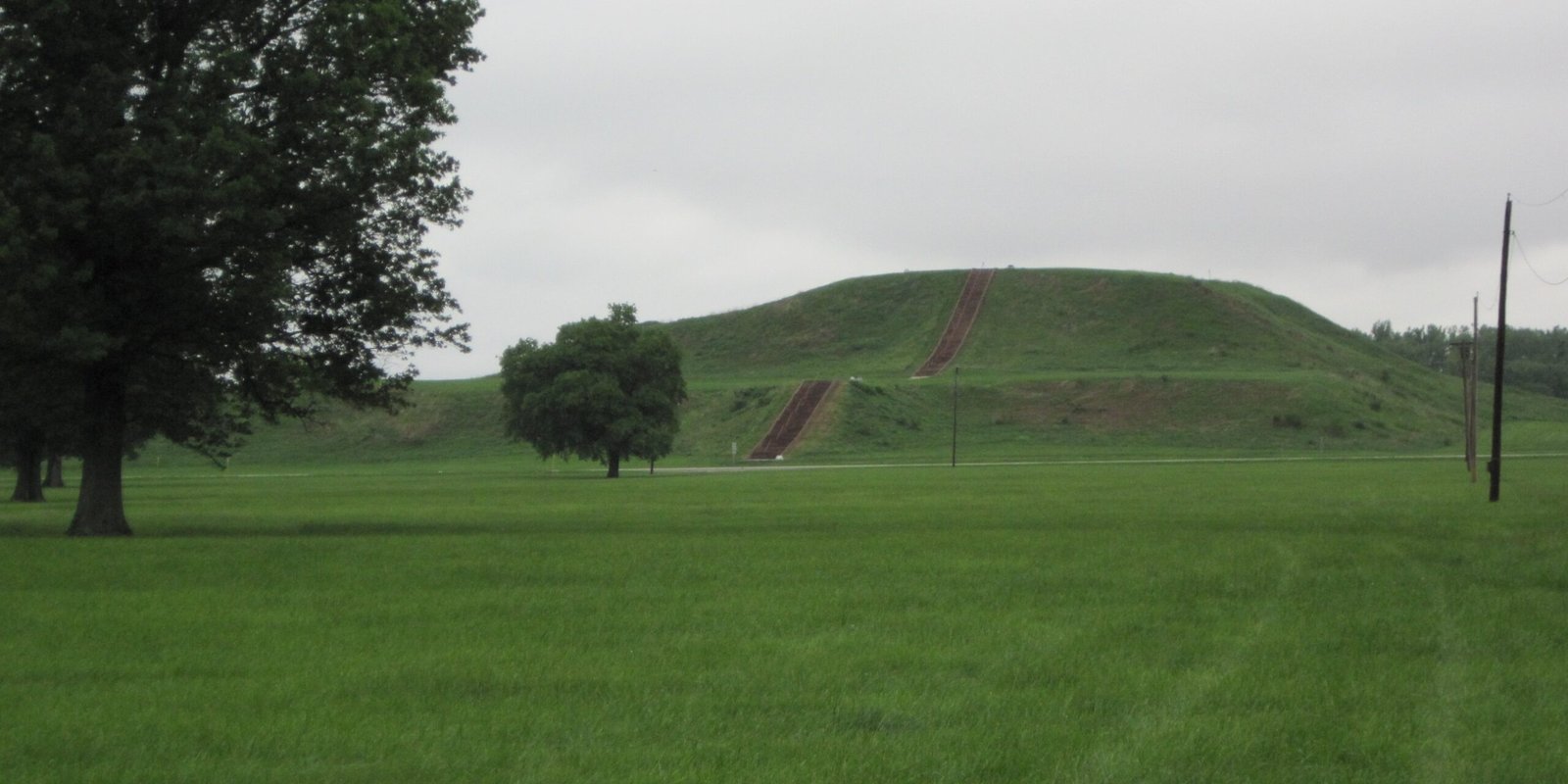
At the heart of Cahokia’s success was a powerful sense of community and shared purpose. Archaeologists believe that mound-building was intertwined with religious ceremonies, feasts, and festivals. These events brought people together, strengthening social bonds and motivating collective labor. Working side by side, families and neighbors reinforced a sense of belonging and pride. The physical act of building mounds may have been seen as a sacred duty, connecting the people to their ancestors, the cosmos, and the cycles of nature. This spiritual dimension fueled the perseverance needed to undertake such monumental tasks.
Techniques for Shaping and Stabilizing the Mounds
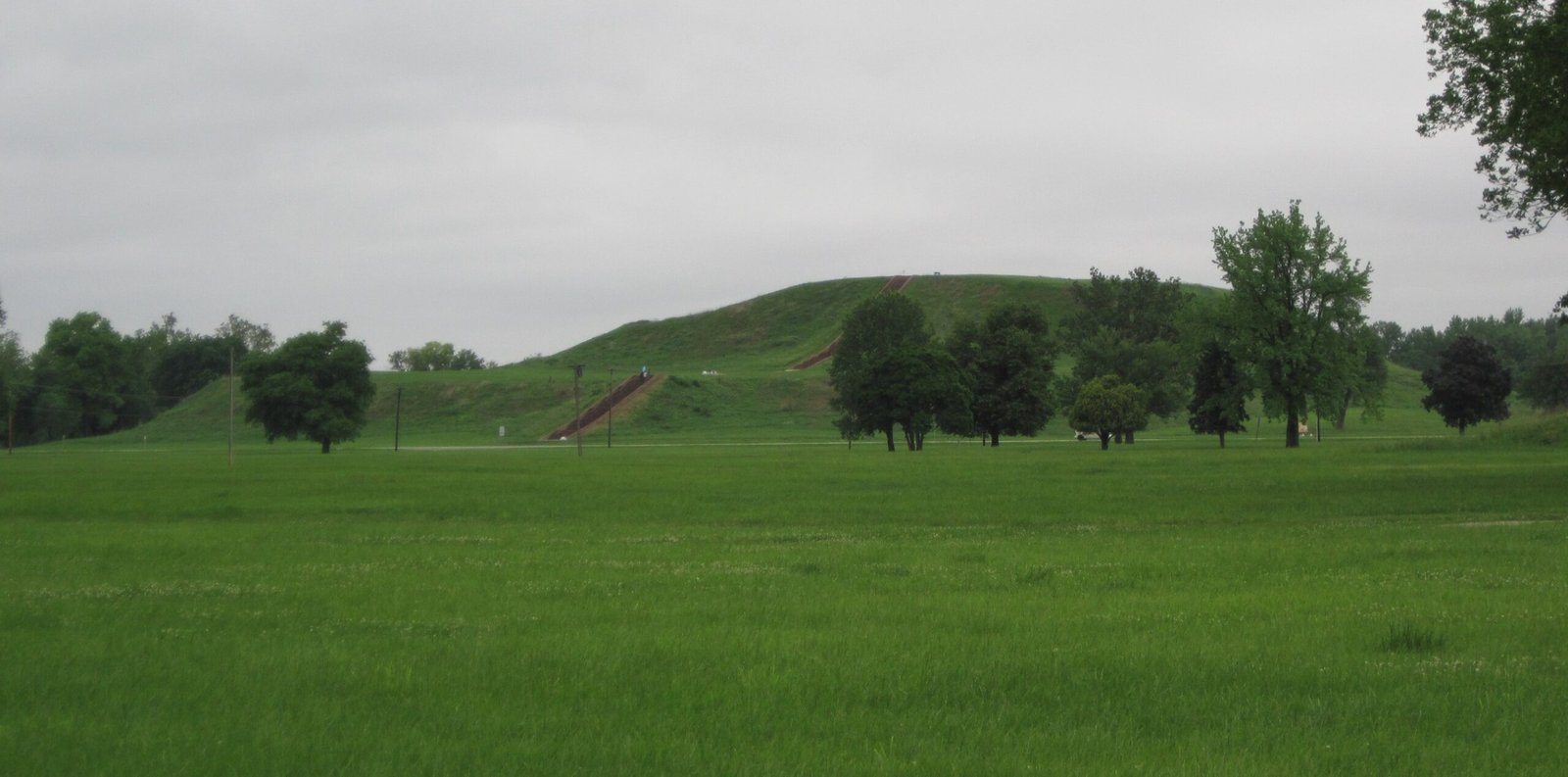
Constructing stable mounds wasn’t as simple as piling up dirt. Builders carefully layered different types of soil, clay, and gravel to create solid, long-lasting structures. Each layer was compacted by foot, sometimes wetted to help it settle. The sides of the mounds were often sloped gently to prevent erosion, and some were topped with wooden platforms for temples or homes. The builders’ understanding of soil mechanics, even if not formalized as modern engineering, allowed them to create earthworks that have endured for centuries. The attention to detail and experimentation with materials ensured that these monuments would withstand time and the elements.
Impressive Logistics Without Wheels
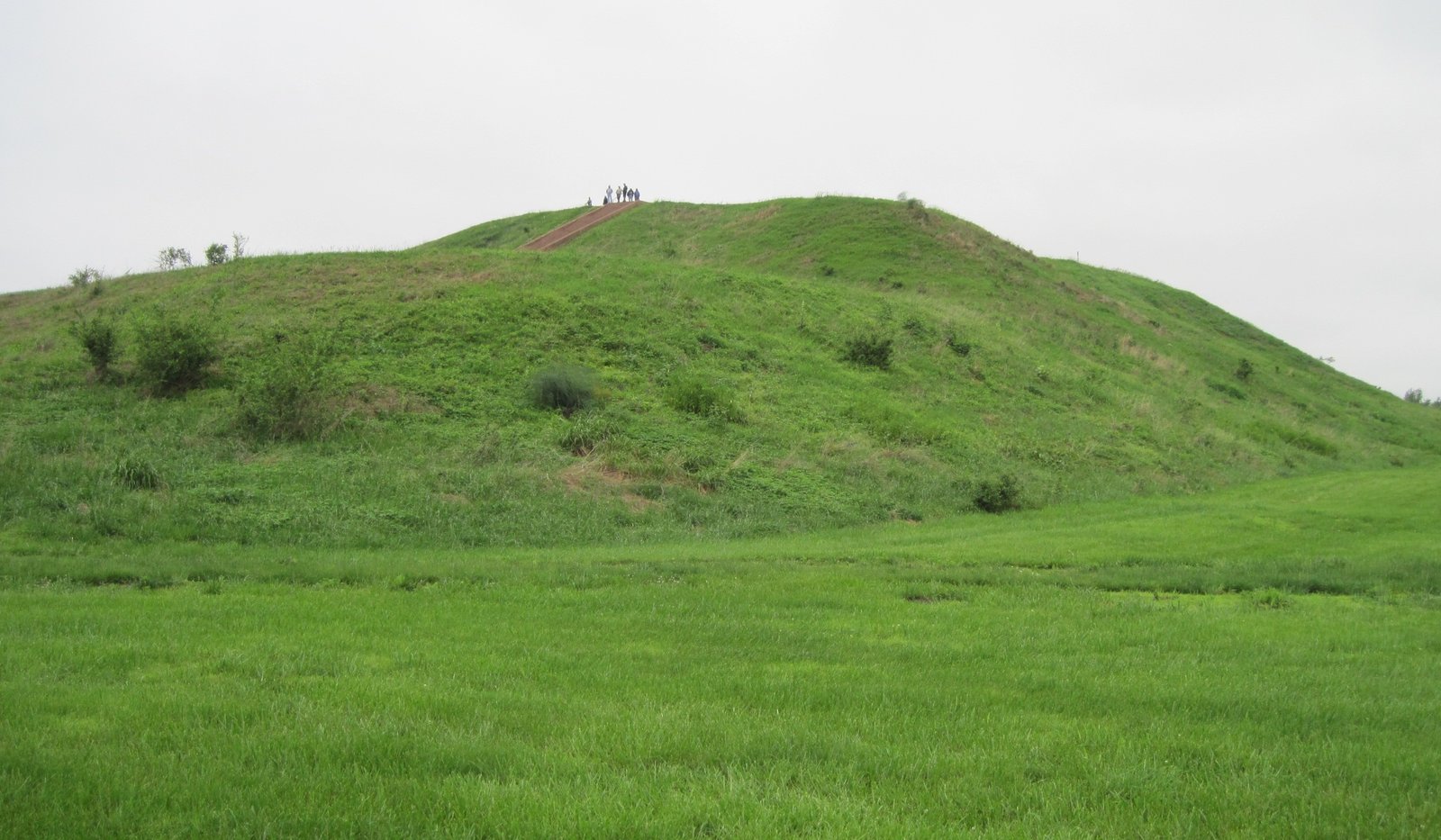
Moving so much earth without wheeled carts seems almost unthinkable today, but Cahokia’s people developed a system that worked. Teams formed chains, passing baskets of earth from hand to hand, sometimes over distances of hundreds of feet. This relay system minimized fatigue and maximized efficiency. Some estimates suggest that a single mound could require up to 15,000 laborers working over several years. The logistics of feeding, housing, and managing such a workforce required careful planning and resources. The result was a city that hummed with activity, its people united in pursuit of a common goal.
Comparisons to Other Ancient Civilizations
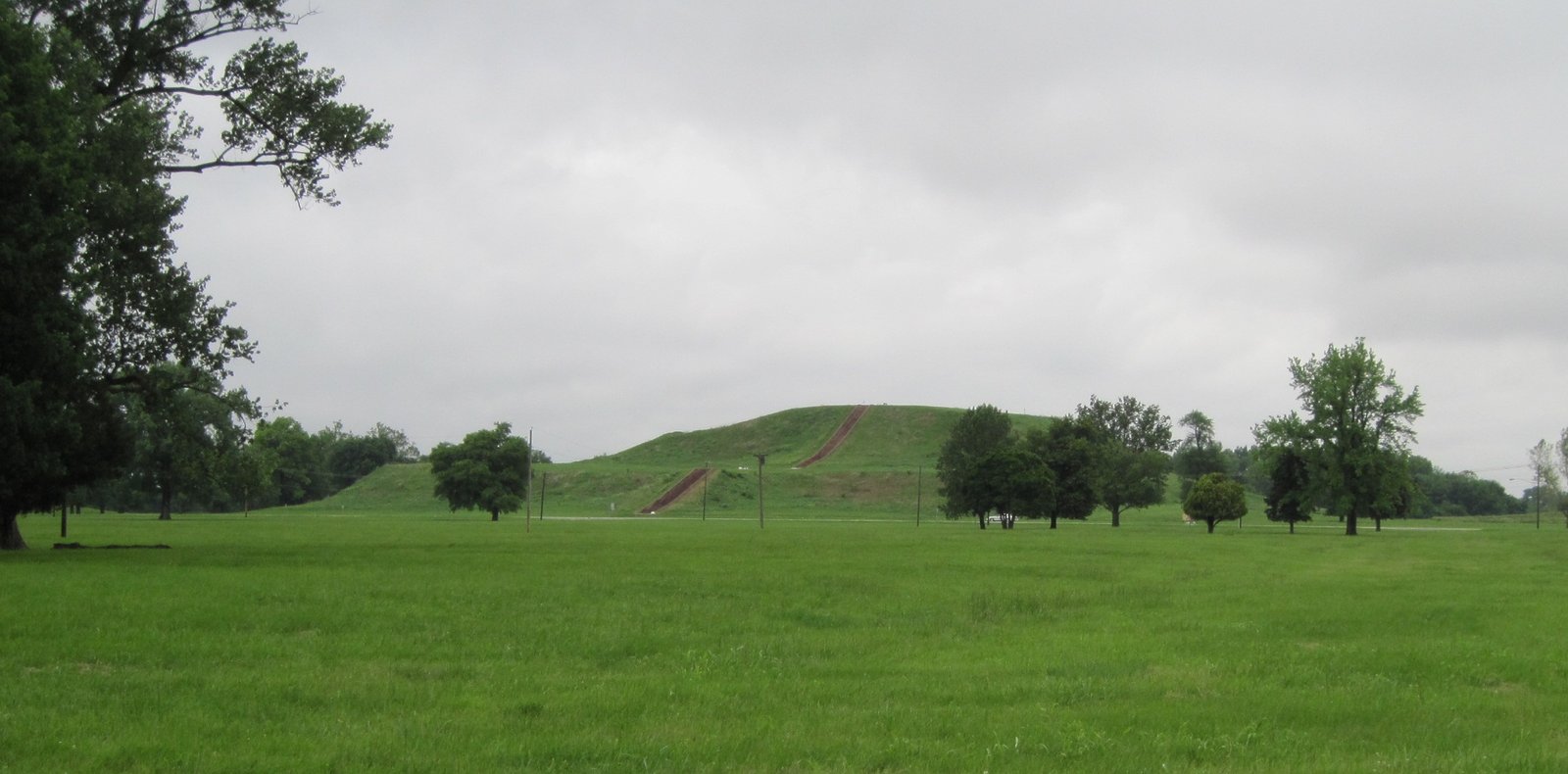
Cahokia’s achievements invite comparison with other ancient wonders, like Egypt’s pyramids or the ziggurats of Mesopotamia. What sets Cahokia apart is its reliance on community labor and simple tools, rather than elite craftsmen or enslaved workers. Unlike the Egyptians, who used ramps and levers, or the Mesopotamians, who had wheeled carts, the Cahokians depended on muscle and cooperation. Their story is a testament to what groups can accomplish when united by vision, necessity, and tradition. It’s a reminder that human innovation isn’t always about inventing new machines—it’s about making the most of what you have.
The Enduring Mystery and Legacy of Cahokia
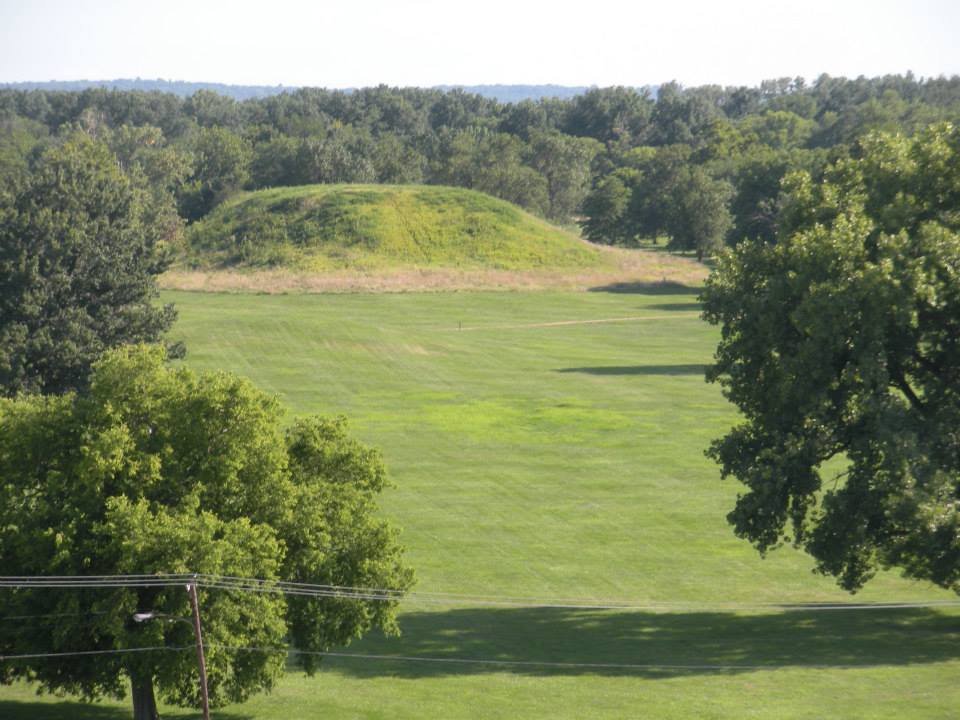
Despite decades of archaeological research, many questions about Cahokia remain unanswered. What inspired its people to undertake such grand projects? How did they maintain social harmony and purpose over the generations it took to build the mounds? These mysteries add to the site’s allure, drawing scientists, historians, and curious visitors from around the world. Cahokia stands as a symbol of the creativity, adaptability, and determination that define the human spirit. Its legacy challenges us to reconsider what “progress” means and to recognize the wisdom embedded in ancient ways of living and building.
Modern Lessons from Ancient Ingenuity
Cahokia’s story offers valuable lessons for our own time. In a world obsessed with technology and speed, it’s easy to overlook the power of collective effort, patience, and sustainable practices. The builders of Cahokia remind us that great achievements don’t always require the latest gadgets or machines. Sometimes, all it takes is a shared vision, a willingness to work together, and respect for the land. Their earthworks still stand as proof that humans can shape the world in profound ways—without wheels, engines, or steel. As we face the challenges of the future, perhaps we can draw inspiration from Cahokia’s enduring example.

